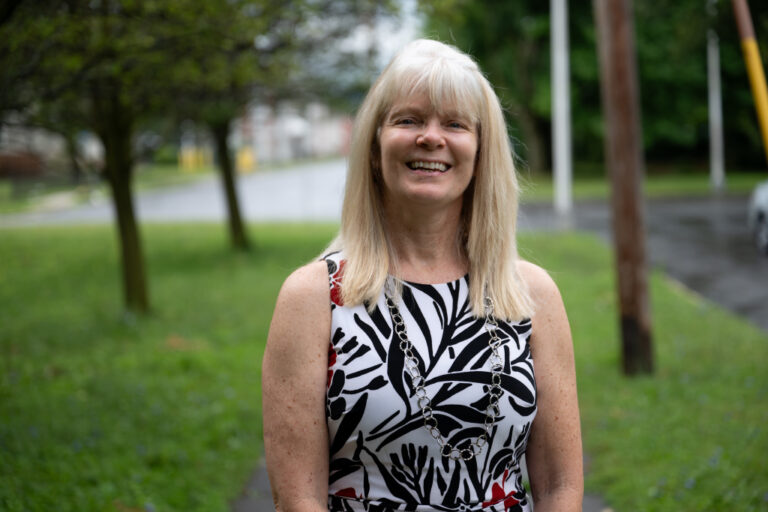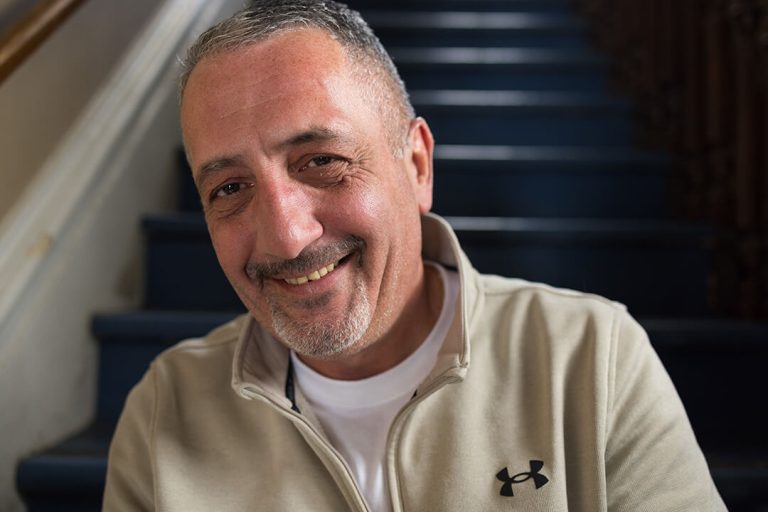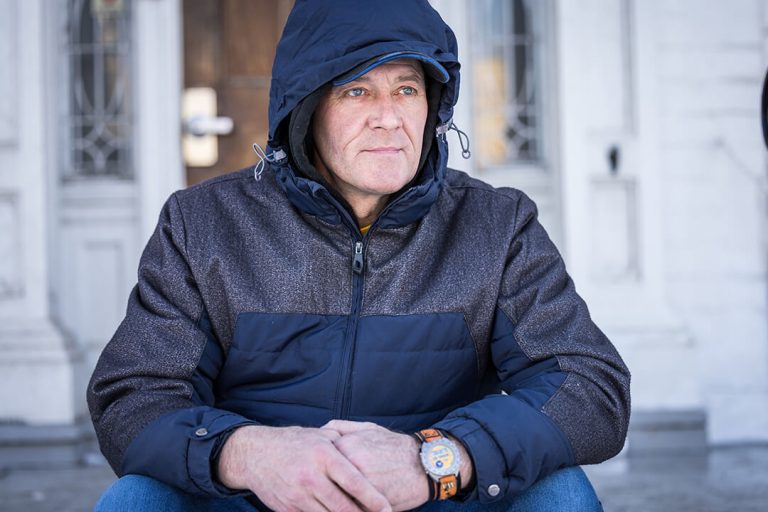Opioids laced into other drugs raises overdose risk in Oneida County. Some local drug users have tested positive for opioids without ever knowing they had taken them, said one local treatment provider. Clients many times have denied using opioids even though the drugs showed up in their urinalysis tests, leading to the conclusion that whatever nonopioid drugs they took must have been laced with opioids, said Sarah Decker, program director of the Addiction Stabilization Center at the Rescue Mission of Utica.
“We have spent a considerable amount of time educating substances users about the risk now that no drug is what they think it is any more,” she said in an email, “and educating all substance users on the use of Narcan (or naloxone as a generic, a drug that can reverse opioid overdoses) and offering to all regardless of the drug they claim to use.”
Decker’s observations fit in well with the findings of the Oneida County Overdose Response Team, which uses software to track suspected drug overdoses in real time.
That data shows that use of cocaine and methamphetamine — and overdoses among users of both — have gotten more common recently in Oneida County.
“It’s not just Oneida County,” said Jared Henderson, coordinator of the Oneida County Opioid Task Force, of which the overdose response team is a part. “It’s other counties across New York state and across the United States.”
Just look at the supply chain, Henderson said.
“What we’re hearing is that it’s becoming more and more available, really just distribution within our area, the cocaine and methamphetamine,” he said. “You turn on the news, you do see larger seizures of these types of substances in the surrounding area. And then fentanyl analogs are being mixed in with these substances to change up the nature of the substance and to increase the potency.”
Fentanyl is a synthetic opioid that is 50 to 100 times more potent than morphine, according to the Centers for Disease Control and Prevention.
The overdose response team sent out an overdose spike report in early January about 18 suspected overdoses, four of them fatal, between Dec. 30 and Jan. 3. The team warned in the alert it had noticed an unusual rise in cocaine-related overdoses — 13 in December and the first few days of January compared to one or two a month normally.
And naloxone, which is not effective on cocaine, had reversed 11 of those overdoses, pointing to the presence of opioids.
The data only includes overdoses to which law enforcement is called.
“It’s not common to overdose on pure cocaine,” Henderson said. “So when we do hear of people overdosing and cocaine is the only substance that they’re using, that’s a cause for concern.”
Overdosing on pure methamphetamine is somewhat more common, but still not nearly as common as opioid overdoses, he said.
The Upstate New York Poison Center received more calls in 2020 than in 2019 about methamphetamine, cocaine, other synthetic drugs, heroin and opioids, said Michele Caliva, administrative director of the Upstate New York Poison Center.
She pointed out, though, that the poison center numbers only reflect times when health care facilities have called with questions, not times when people have overdosed outside facilities.
The opioid task force has noticed some other drug-related trends that could translate into more overdoses as well:
• “More people are knowingly taking more than one drug at a time, which is known as polysubstance use,” Henderson said. For example, they might take both opioids and benzodiazepine at once or take drugs with alcohol.
Decker agreed it is getting rare to find someone who only uses one substance.
“The mixing together of these substances really increases the risk of overdose,” Henderson said, “whether or not opioids are involved, it can lead to some serious health effects.”
• “Opioids — they’re becoming more and more potent and, obviously, this makes them more and more dangerous,” Henderson said.
Henderson said he hears from first responders who need more and more doses of naloxone to revive people who have overdosed.
“Unfortunately, it’s becoming the normal for first responders to administer three or four or even more doses of Narcan to revive people,” he said. “So that’s definitely a concern and again, it’s just indicative of things like fentanyl spreading further.”
• Any drugs can end up being laced with fentanyl or other opioids with users’ knowledge, Henderson said. There has been an unconfirmed report in Oneida County of a marijuana joint suspected of containing an opioid, he said.
Henderson and Decker also reported that the use of synthetic marijuana, also known as K2 and Spice, seems to be increasing.
“In my observation, synthetic marijuana/K2 use has been increasing the most and has been the topic of many concerns within the community,” she said. “I’ve also seen users of K2 appear to look like an overdose state by being incoherent or passing out at times. Treating K2 use has become difficult as well due to the mental and physical effects it has on the user.”
Henderson noted that even the potency of marijuana (real, not synthetic) seems to be increasing.
The Centers for Disease Control and Prevention noted that nationally the number of drug overdoses increased during the COVID-19 pandemic. And local treatment providers have talked about how difficult it has been for people in recovery to cope when the pandemic has removed so many of their supports.
The Addiction Stabilization Center hasn’t been able to take in as many clients, for example, because of physical space requirements during the pandemic and because of staffing issues that have arisen because of quarantines, staff children in remote learning and the need to keep staff separated, Decker said. Most providers have relied on telehealth to keep treatment going.
Treatment providers are getting creative in their attempts to reach and help people in recovery, such as through peer advocate programs, but it’s been difficult for everyone.
“The telehealth use and limited capacity makes it very difficult on the treatment side, though, because people often seek treatment for that social support aspect that is now limited in regular life and in treatment attendance,” Decker said. “As well as the sober activities we usually suggest aren’t as available to implement to replace the substance use and old lifestyle behaviors.”
Amy Roth is the health and education reporter for the Observer-Dispatch. For unlimited access to her stories, please subscribe at the top of the uticaod.com homepage or activate your digital account today. Email Amy Roth at aroth@gannett.com.
https://www.uticaod.com/story/news/2021/01/22/oneida-county-ny-seeing-increase-meth-cocaine-opioid-overdoses/4236764001/





